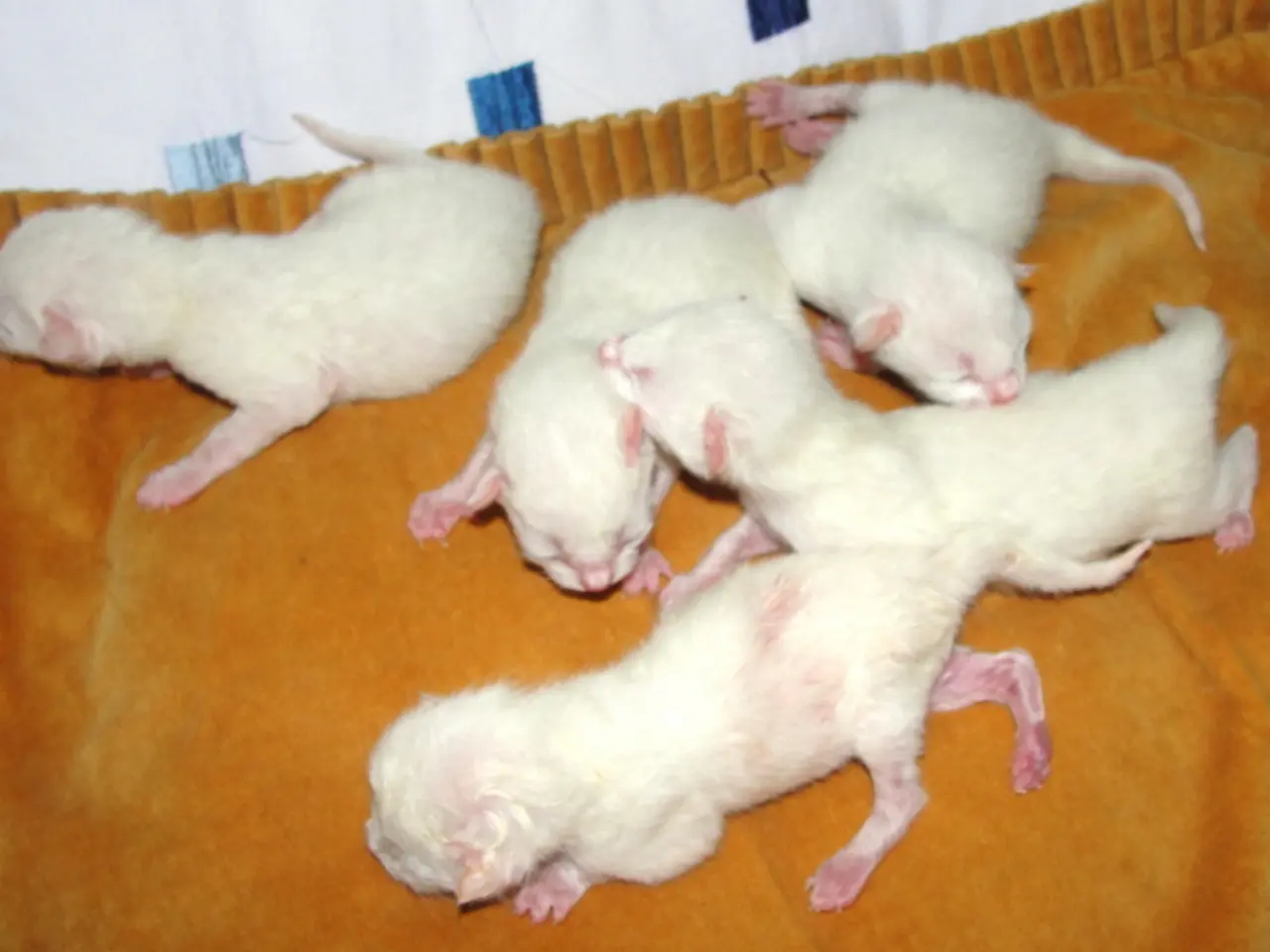Urban Rats of Berlin: The Silent Powerhouse of the City Capital
In the bustling city of Berlin, authorities are taking measures to address a persistent issue - rat infestations. The district of Berlin-Neukölln, in particular, has implemented preventive measures, including prohibiting the feeding of rats and disposing of waste in a rat-inaccessible manner [1].
The city's approach is guided by Anke Geduhn from the Federal Environment Agency, who believes that coexistence with rats, as a "cultural follower of humans", is necessary, and eradication is considered utopian [2]. Prevention, such as eliminating rat food sources and nesting sites, is considered more important for rat management than symptomatic control [2].
Good waste management is crucial for preventing rat infestations. Rats are often attracted to food waste, making proper trash storage and timely removal of waste essential [1]. Reducing clutter outdoors and sealing holes and cracks in buildings also help to eliminate environmental factors that encourage rats to thrive [1].
Integrated pest management (IPM) approaches that combine sanitation, exclusion, and targeted control methods achieve better long-term results than DIY trapping alone [1]. Boston’s rodent action plan underlines the importance of consistent community-wide behavior change regarding trash management to reduce rodent infestation effectively [2].
However, the balance between effective rat population reduction and minimizing environmental harm is a delicate one. Mechanical traps, such as snap traps and electronic traps, provide short-term control without introducing chemicals, but they rarely eliminate entire colonies and require maintenance [1].
Rodenticides, or chemical poisons, are widely used due to their effectiveness, but they pose significant environmental risks. Non-target wildlife poisoning, poisoned rats dying in inaccessible places causing persistent odor and sanitation issues, potential contamination of soil and water, and risks to children and pets if bait is unsecured or improperly used are all concerns [1][4][5].
Newer, more environmentally conscious approaches are emerging, such as fertility control (contraceptives) targeting rat populations humanely and reducing reproduction rates [3]. Biological control, using natural predators or parasites, can be more sustainable but risks introducing ecological imbalances if not carefully managed [4].
Climate change, with its rising temperatures, favours the population growth of rats in cities. A holistic approach to preventing and managing rat infestations is advocated, focusing on prevention and identifying where rats pose a problem [6]. Violating the preventive measures in Berlin-Neukölln can result in an administrative offense with a fine of up to 25,000 euros [1].
It's too early to evaluate the effectiveness of the preventive measures in Berlin-Neukölln, as they have only recently been implemented. Controls for the enforcement of these measures are regularly carried out by both uniformed and plainclothes officials from the local authorities in Berlin-Neukölln [1].
Throughout Western history, rats have been associated with various catastrophes, including the spread of the plague. Today, they can transmit diseases to human food, such as salmonella, leptospires, and toxoplasmas, and are often involved in the spread of animal diseases and the transmission of multi-drug resistant pathogens [7].
The term "rat" has entered our linguistic repertoire as a metaphor for expressing rejection. Each female rat can give birth to up to six litters of eight young each per year, resulting in an average of 500 offspring per rat per year [8].
In conclusion, Berlin's approach to managing urban rat populations is a balanced one, focusing on prevention, community education, and the use of environmentally conscious methods where possible. The effectiveness of these measures remains to be seen, but the city's commitment to a holistic and sustainable approach is commendable.
References: [1] Berlin.de. (2021). Rat control in Berlin-Neukölln. https://www.berlin.de/ba/gesundheit-und-umwelt/gesundheit/gesundheitsrisiken/tiergesundheit/tiere-im-stadtraum/ratten/
[2] Boston.gov. (2019). Rodent Action Plan. https://www.boston.gov/departments/inspectional-services/rodent-action-plan
[3] NYC.gov. (2019). NYC's Rat Solution. https://www1.nyc.gov/office-of-the-mayor/news/122-2019/nycs-rat-solution
[4] EPA.gov. (2020). Rodenticides: Reducing Risks to Wildlife. https://www.epa.gov/pesticides/reducing-risks-wildlife-rodenticides
[5] PANNA.org. (2019). The Rodenticide Problem. https://www.panna.org/resources/rodenticide-problem
[6] Geduhn, A. (2020). Coexistence with rats: A cultural follower of humans. https://www.bund.bund.de/webapp/bundesamt/content/coexistence-with-rats-a-cultural-follower-of-humans
[7] WHO.int. (2021). Rats and public health. https://www.who.int/news-room/fact-sheets/detail/rats-and-public-health
[8] Rat-world.com. (2021). Rat Reproduction. https://www.rat-world.com/breeding/reproduction.html
- In the realm of health and wellness, understanding the implications of medical-conditions, such as diseases transmitted by rats, is crucial for maintaining a sanitary urban environment.
- Contemporary rat control strategies in environmental science prioritize prevention, eliminating rat food sources and nesting sites, to manage rat populations and minimize environmental harm.
- Besides rat infestations in cities, climate change poses a significant threat to health-and-wellness, as it favors the population growth of rats, creating a need for a holistic approach in rat management.
- Amidst lifestyle changes, implementing sustainable practices, such as proper waste management and sealing holes and cracks in homes, can help curb rodent infestations and contribute to home-and-garden conservation efforts.




